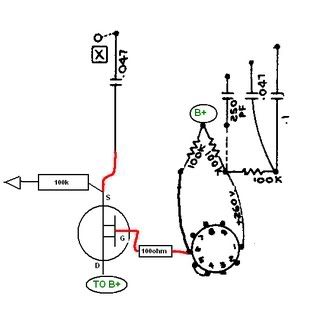Hi!
I would like to know if my lyout for this mod is correct.
http://www.harpamps.com/micKcircuits...-follower.html
Only the most relevant conections are shown...

Best regards from spain
I would like to know if my lyout for this mod is correct.
http://www.harpamps.com/micKcircuits...-follower.html
Only the most relevant conections are shown...

Best regards from spain




Comment